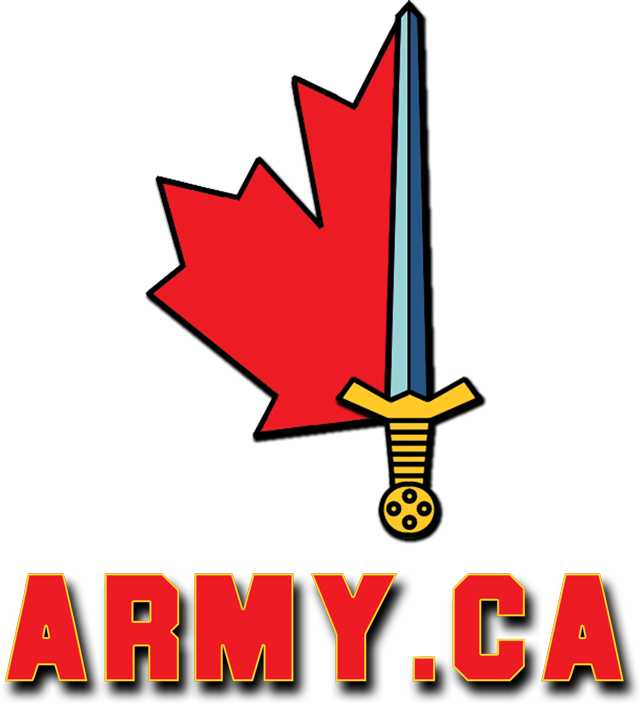You should be talking about sortie rates not "on the ramp" rates. Its availability and surviceability rates times number of aircraft to get the sortie numbers for the mission requirements.
I agree. And without getting close to any opsec, I'll say that the idea that we need 36 ready, or serviceable or available aircraft, etc, exclusively for NORAD tasks doesn't seem logical. It does seem logical to me that ~36 frames will force generate enough to fulfill NORAD demands exclusively. If availability or serviceability is a concern, bump that to 40.
Given the state of the current Hornet fleet, the numbers being thrown around here would imply we should not be deploying a single aircraft to Europe. Because by the math here, we're not meeting NORAD requirements. I find it hard to believe any 1 CAD Commander, RCAF Commander or CDS would ever.allow that.



